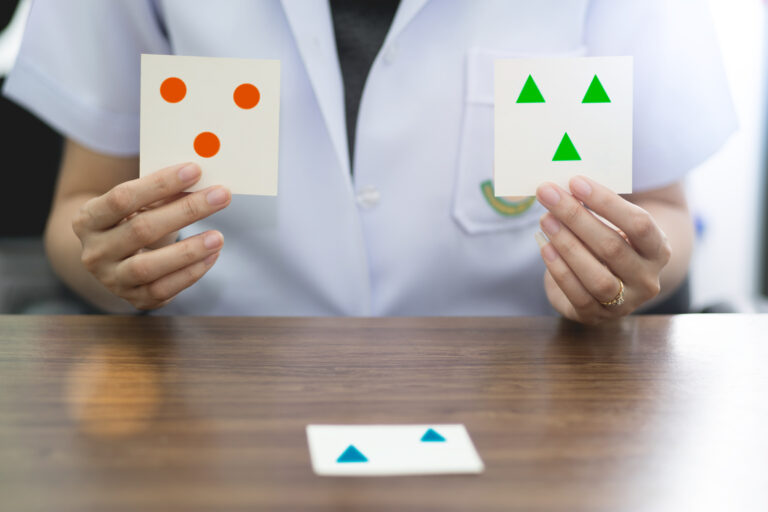Mirrors are a part of our daily lives, but have you ever noticed that your reflection seems to change subtly every year? It’s not just in your mind—there’s a real, somewhat unsettling reason behind why your mirror looks different over time.
The main culprit is something called **mirror desilvering**. When mirrors are made, they get a thin layer of silver or aluminum on the back that creates the reflective surface we see. Over time, especially in places with lots of moisture like bathrooms, this silver layer starts to break down. Water vapor sneaks behind the glass and eats away at the silver coating. This causes dark spots or black edges to appear on your mirror—sometimes called “mirror rot.” These patches distort what you see and can make your reflection look patchy or strange without any change in how you actually look.
This process happens slowly but steadily each year as moisture keeps seeping in from showers or humidity in the air. So even if you haven’t changed much physically, your mirror’s ability to reflect an accurate image diminishes bit by bit because its reflective backing is deteriorating.
Another factor adding to this feeling that “something’s off” is how light interacts with mirrors and reflections. Mirrors don’t create new light; they bounce existing light around a room and create illusions of space and brightness. But as their surface changes due to damage or aging, these effects shift too—making rooms feel different and reflections less clear than before.
On top of physical changes inside the mirror itself, our brains also play tricks on us when looking at reflections versus photos or memories. We tend to prefer mirrored images because we’re used to seeing ourselves reversed left-to-right every day—a version slightly different from how others see us in photos. So when cracks appear or parts go dark on a mirror’s surface over time, it disrupts this familiar image we’ve grown comfortable with.
In short: Your yearly-changing reflection isn’t just about growing older—it’s also about tiny chemical changes happening right behind the glass that alter how clearly (and accurately) you can see yourself reflected back each day.
If you’ve spotted black edges creeping along your bathroom mirror or noticed spots where clarity fades away like fog rolling in—you’re witnessing this slow decay firsthand. While it might seem disturbing at first glance, knowing what causes these subtle shifts helps explain why mirrors never quite stay perfect forever—and why sometimes they seem almost haunted by shadows from within their own glass layers.





